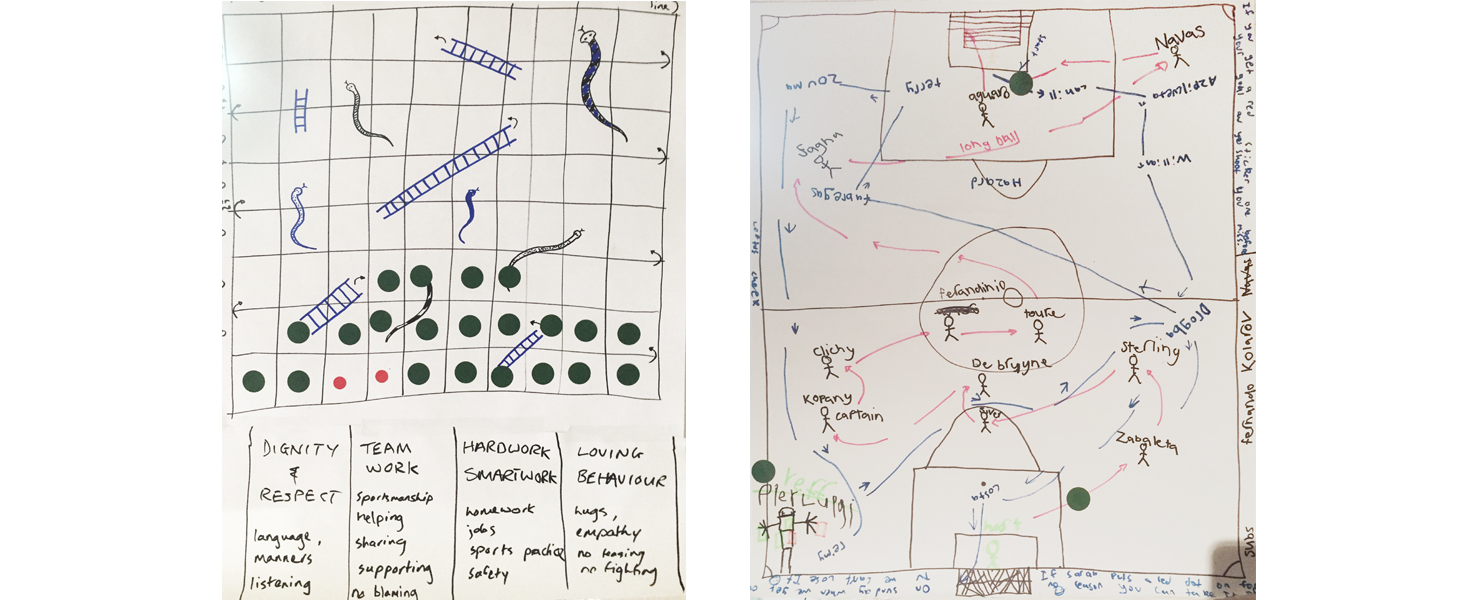My wife recently went away on a business trip to the U.S. so I decided to experiment on my children. What if, I thought, I ran my kids like an Atlassian team?
My boys are awesome, but anybody with three boys children knows that things can get a little bit crazy at times. My goal was to maximise harmony and fun yet still make sure no-one starved to death or went to school with their underpants on the outside of their shorts.
In Identity we regularly re-shuffle our teams in order to align ourselves with changing circumstances and we’ve developed a pretty good pattern for rapid team formation. So I decided to apply a similar approach to our ‘new team’ (with mum gone for a few weeks).
Every team needs a mission
I called a meeting and outlined my goals and ideas. To say that the team was skeptical was an understatement. I quickly realised that I was already acting like a boss dad rather than a team lead team lead. So I changed tack and asked, “How can we work together to make sure we get all our jobs done and still get to do cool stuff?”
And because kids will be kids they said, “We’ll do all our chores if you give us unlimited screen time, lollies and take us out for hot chocolate and banana bread!” Negotiations were now officially open and through the delicate art of facilitation we agreed on what success looked like and refined it down to the following mission statement (copyright pending).
Open family, no bullshit
The second step was to agree on a set of values that we were going to live by. We first did some brainstorming (now a family-wide phrase) of the types of behaviours we thought were appropriate, we categorised them and then agreed on a final list. I’m not saying I used the Rules of Engagement play, but the two are strikingly similar.
Set goals. Experiment. Gamify.
The next step in any team formation is to agree on quarterly weekly goals and get some runs on the board. Clearly ‘unlimited screen time and lollies’ weren’t going to fly, but by asking what a reasonable target looked like, we settled on some agreed goals.
In Atlassian, we often use gamification as an effective way to engage and visualise progress, so I designed a simple game with bonus goals and ‘level-ups’ in each of the value streams. We agreed on some guidelines whereby green dots were for displaying positive examples of the behaviours and red dots were ‘areas for improvement’.
You may be thinking this sounds like something that resembles OKRs or the Goals, Signals and Measures Play… but you’d be wrong.
Onwards and upwards (and sometimes downwards)
At the end of week 1, once the boys had enjoyed the fruits of their labour, we ran a retro of sorts. The boys reflected that perhaps they needed to work on their dignity and respect (wink). I (re)learnt that establishing a baseline metric is important when setting goals and that kids will find loopholes if they exist.
Importantly, we all learnt that this new game was working… we were having fun, things were getting done and no-one was displaying outward signs of scurvy or underpants.
Week 2 brought with it an ambitious game of snakes and ladders. Re-calibrated goals, simpler rules, a co-designed game board and a ‘win-win’ attitude were all hallmarks of our next sprint.
The self-managing team
The team was really hitting its stride now. In the short period of a couple of weeks, our interactions had changed from ‘do this now’ or ‘please don’t do that’ instructions to the boys saying ‘if I do this extra thing do I get a green dot’. Banana bread, hot chocolate and screens were flowing like honey (interestingly they were’t actually getting much more than they usually do, but the feeling was that it was hard earned and therefore more valued).
I knew I was onto a winning formula when I came into the kitchen to begin our weekly Sunday ‘retro’ and the boys were already designing the next weeks game… a highly intricate game of soccer between Chelsea and Man City!
The proof is in the pudding
Of course changing an entire kid management system when your partner is away is a relatively high risk maneuver that requires careful bringing-up-to-speed. I’m not saying that I perfectly executed the Demo Trust Play but by showing the progress made and the benefits already being derived was enough to convince my wife that the project was worth pursuing. Specifically I pointed to the spontaneous additions by the boys of two new ‘expected behaviours’ of which I was particularly proud.
No visits to the hospital or the principle’s office also counted strongly in my favour.
The final word
Every team can do with a good shake up from time to time. Framing change as an experiment is a great way to mitigate perceived risks. Gamification vastly improves engagement and chances of success. Reflect. Iterate.
Copying patterns and plays from other teams is ok. A family is just another kind of team.
. . .
Inspired? Check out the Team Playbook for full step-by-step instructions for all the plays mentioned here (and lots more).










































